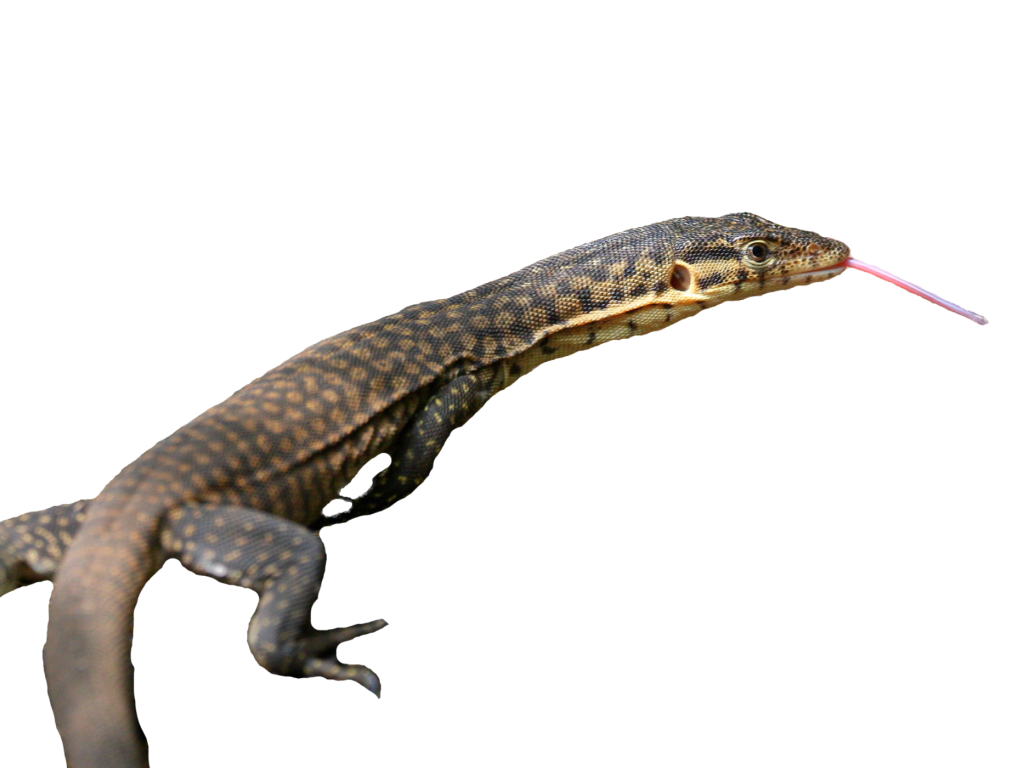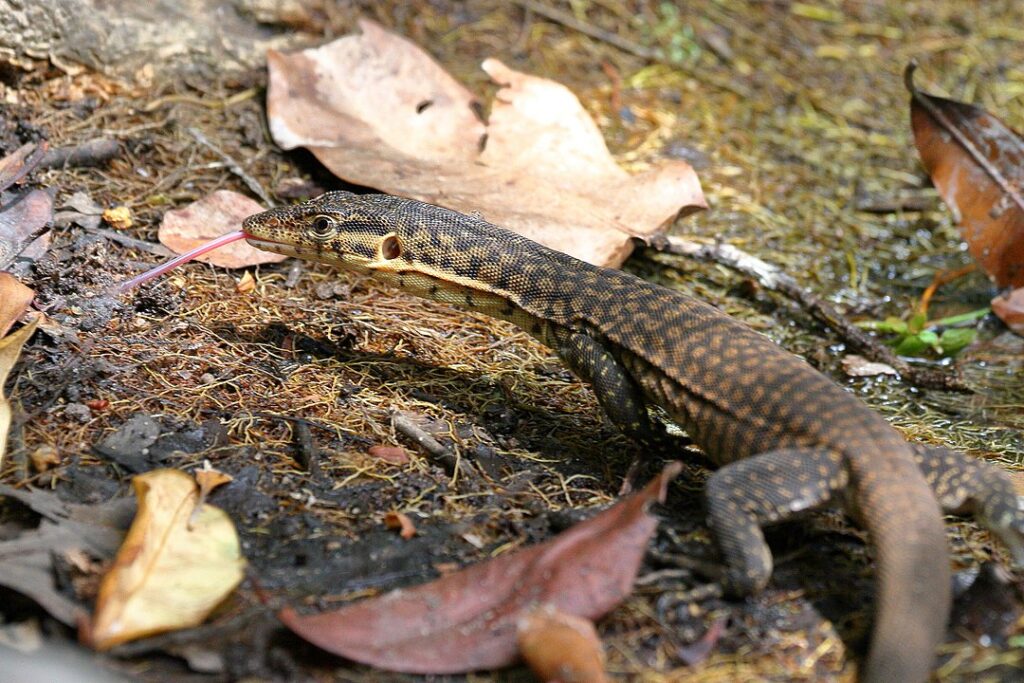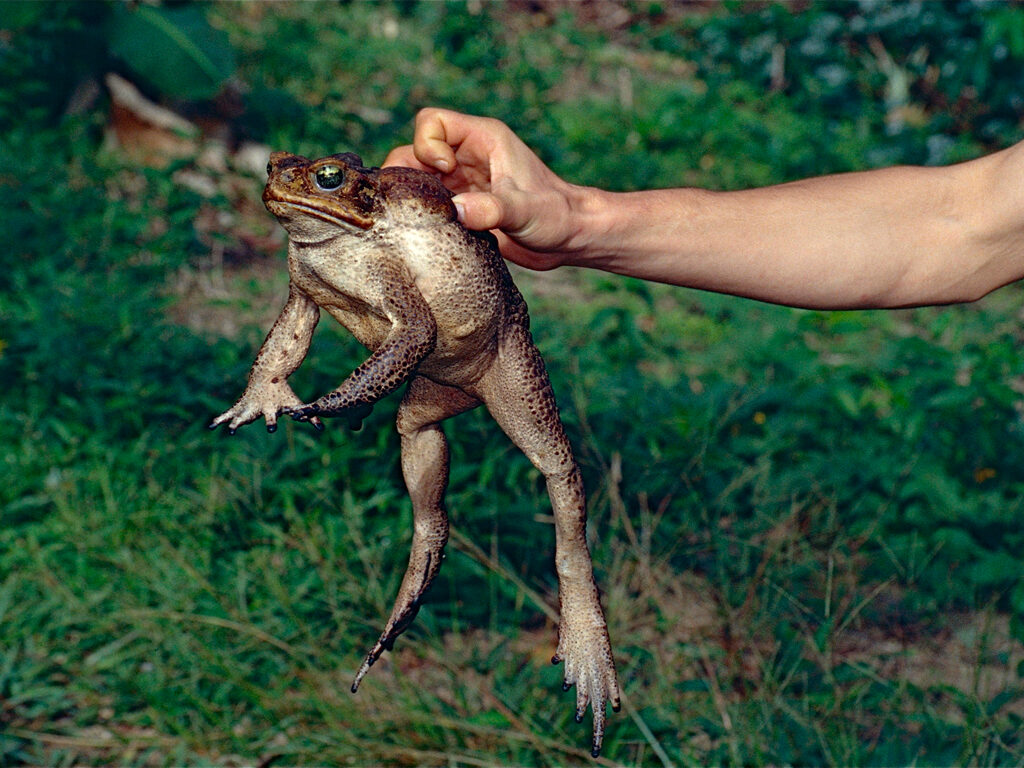Mitchell’s Water Monitor
Varanus mitchelli

One of the smallest monitor lizards
Mitchell’s water monitor is a small species of monitor lizards that lives in humid tropical areas of Northern Australia. The monitor lizard species are very varied in size and habitat. The largest species, the Komodo dragon, can grow to three meters in length and weigh over a hundred kilograms, while the smallest species do not grow much longer than 20 cm and weigh just under 20 grams. Mitchell’s water monitor is one of the smallest living monitor lizards.
In northern Australia, the climate is tropical, and Mitchell’s water monitor thrives in swamps, deltas, and lagoons. The lizard spends most of its life on land, but is a good swimmer. When the water level is high, Mitchell’s water monitors eat a large proportion of fish and amphibians. During drier periods, the species eats more terrestrial animals such as insects, young birds, and sometimes small mammals.

Photo: Graham-Winterflood-CC-BY-SA
Threatened by an invasive toad
Mitchell’s water monitor is listed as critically endangered on the IUCN Red List. This is the highest threat level before a species is considered extinct in the wild. There are several different threats to the lizard, but the biggest one comes from a perhaps unexpected direction: a toad! In Australia, there is an invasive species of toad called the cane toad. It was introduced into the country by humans, in the hope that it would eat insect pests from crops. What they did not think about was that the toad has no natural enemies in Australia – and that the toad is extremely poisonous. Eating a full-grown toad causes certain death for the Mitchell’s water monitor, and many other monitor lizard species.

Photo: Bernard-DUPONT-CC-BY-NC-SA
Can you train a monitor lizard?
During the 2010s, the cane toad has spread even more widely over the same distribution area as the Mitchell’s water monitor, and it is estimated that the spread of the cane toad cannot be stopped. Instead, research is being conducted to see if it is possible to teach monitor lizards not to eat cane toads. It is hoped that if monitor lizards are allowed to eat young toads, which do not contain a lethal amount of toxin, they will learn to associate the cane toad with discomfort and therefore avoid eating them again. It seems difficult – but not impossible. However, until the problem of the cane toad in Australia is brought under control, it is vital that species such as the Mitchell’s water monitor are kept in conservation programmes, so that the species is not at risk of going completely extinct.
Distribution worldwide
Northern Australia.

Threat based on the Red List

Trade regulations
CITES: B-listed.